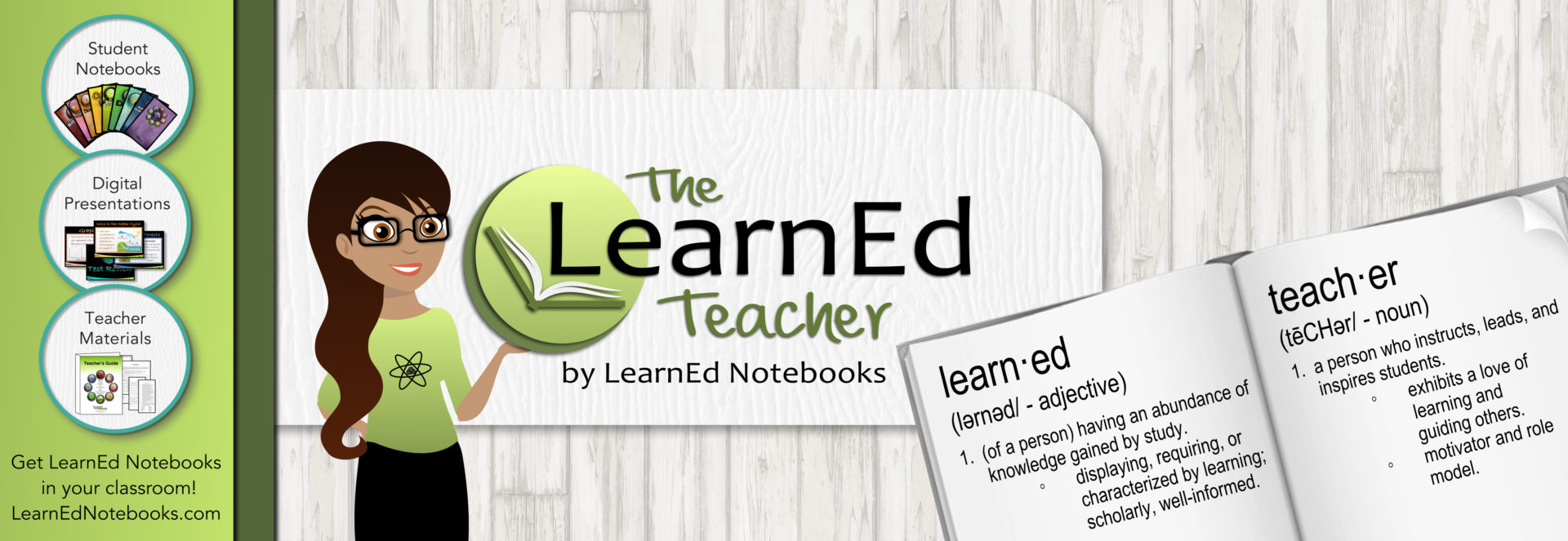In the classroom though, it can pose challenges when you have students who work at a variety of levels and speeds. Some students finish before you can even get the work assigned and others would spend the entire day on it. As a teacher, you get the fun job of making it a learning experience for all your students. (Lucky you 😉) And keeping those fast finishers still learning but not disrupting those who are still working on the first assignment isn’t always easy. We’ve compiled our favorite ways to keep those fast finishers going!
First, set up a system for those who finish quickly. In other words, don’t take their word for it. Create a system where you have to approve their finished product before they move on to a finishing activity. If you don’t, you’ll have some students who speed their way through, guess on half of the questions, and call it a day. “I’m finished!” they’ll say out loud.
RELATED: FLASHCARD RESOURCES FOR STUDENTS
Once you have that procedure in place, here are our favorite ways to keep the fast finishers engaged.
- Read. We all know the staggering statistics about how important it is for students to read. Some teachers would advocate for requiring the reading to be related to your current content in class but it’s actually more important that students read something that they enjoy. So let them choose! (Plus, that takes the work off of you and puts it on them to find their own reading text.) Sally wants to read a fiction novel about vampires? Go for it. Bobby wants to read about WWII? Sounds good. Keep in mind the important factors here: (1) their mind is engaged, and (2) they aren’t disrupting others who are working.
- Explore a scientist. This one works really well if you want to keep them focused on what you’re studying in class. Just keep a stack of this graphic organizer printed out and allow fast finishers to select a scientist to learn about.
- Expert + output. For a self-motivated student or one who develops an intense interest in your current content, allow that student to become an expert on the topic. From there, you can go a variety of different ways. The important thing to keep in mind is that your student shows an output of some sort. A few output suggestions:
- stump the teacher
- write a paragraph/essay
- create something: painting, model cell, build DNA, etc.
- help another student understand the concept
- Vocabulary practice. Just because Johnny finished quickly with the current activity, it doesn’t mean that he’d ace a vocabulary quiz if you gave it to him right now. With science, it seems that every unit at any grade level is full of vocabulary. So choose a review strategy and give that fast finisher some extra practice. One of our favorites is the Four Square Vocabulary graphic organizer.
- More vocab practice. Need more than one option for vocabulary review? Another favorite is the Valuable Vocabulary graphic organizer.
RELATED: 10 MOVIES YOU CAN SHOW IN YOUR SCIENCE CLASSROOM
Follow LearnEd Notebooks on social media! Pinterest // Facebook // Instagram // Twitter // YouTube
________________________

LearnEd Notebooks provides teachers and students with an innovative notebooking solution. We specialize in providing educators with a unique curriculum that allows you to break free from conventional methods of instruction and spend more time on labs and inquiry-based science. We provide the framework of an interactive notebook with the flexibility of teaching strategies that seamlessly integrate with each teacher’s own methods of instruction. Our complete programs include printed student notebooks, digital presentations, and access to teacher resources — each focusing on diverse learning styles and engaging instructional strategies.
Click here to get LearnEd Notebooks in your classroom!
________________________




